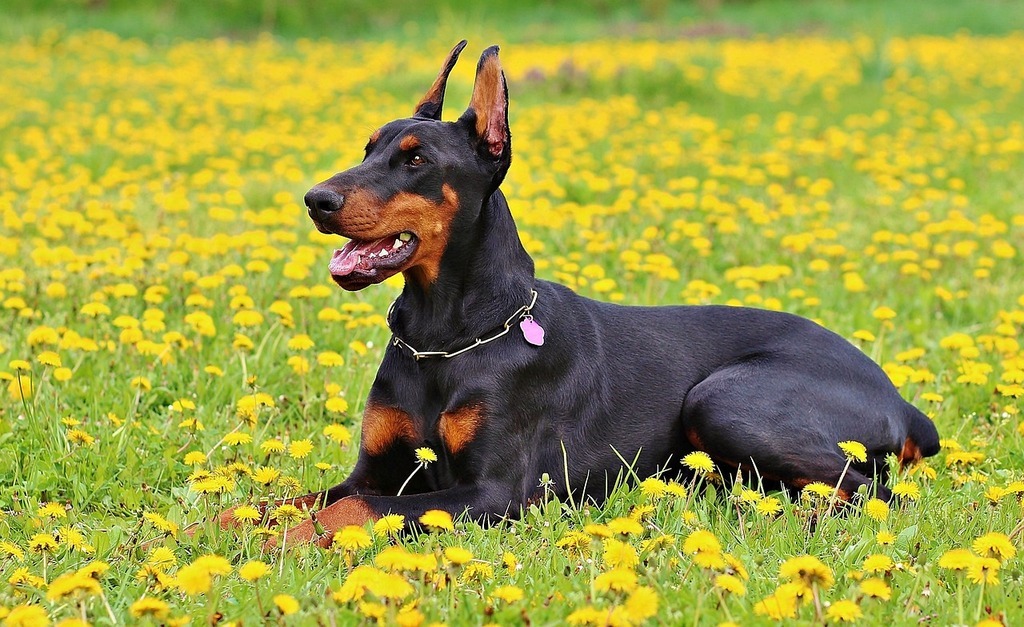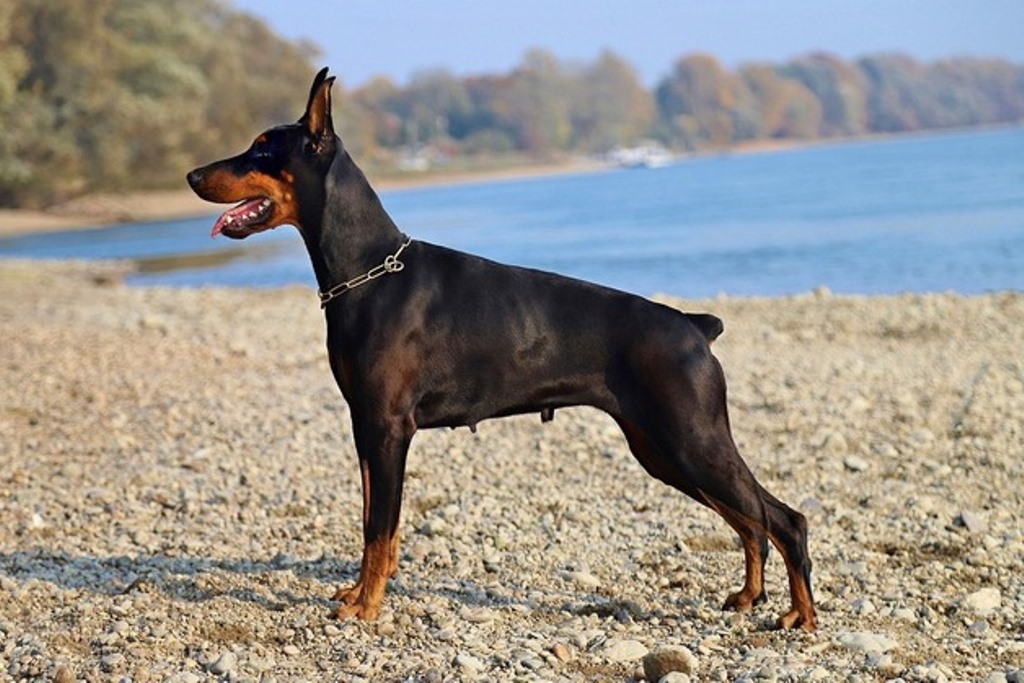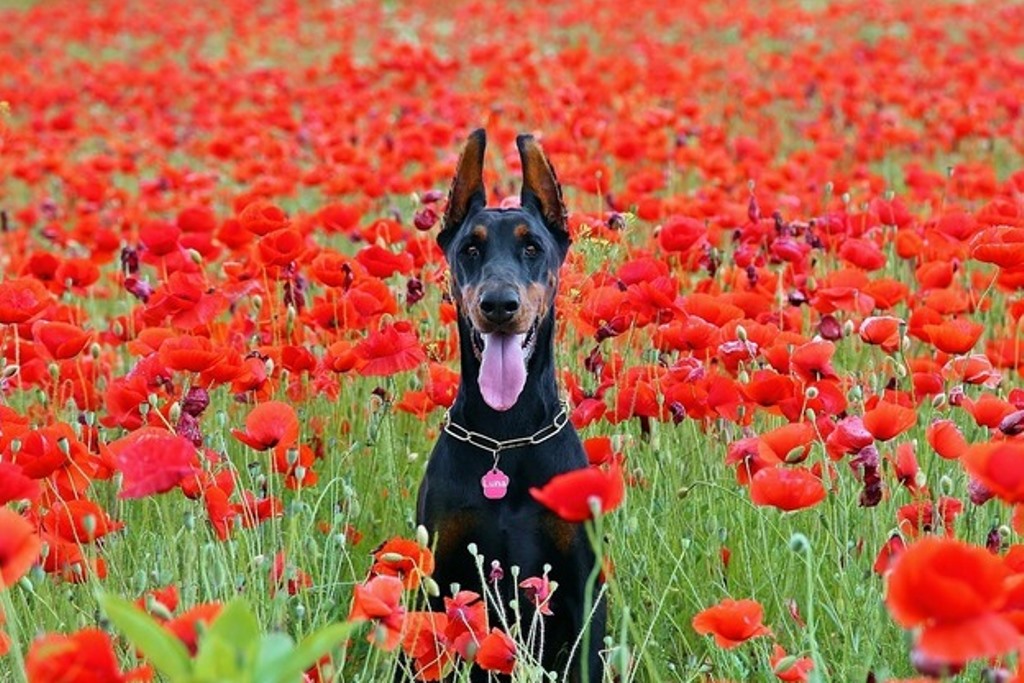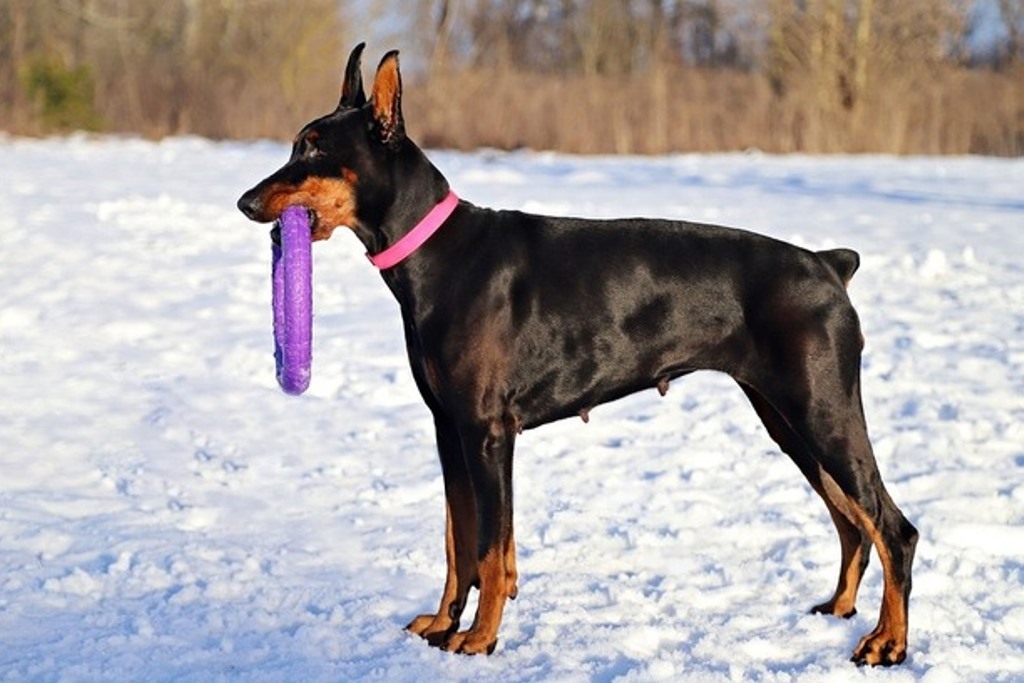
Key Traits and Temperament of Doberman Dog Breed
The origins of the Doberman dog breed are in Germany. It is the only dog named after its creator, Friedrich Louis Dobermann. He did various jobs in the town of Apolda in what is now Thuringia, Germany, including dangerous jobs such as town clerk and tax collector, as well as looking after strays. Hence the need to create a breed where courage, temperament and love for its master would stand out. Primarily a defensive dog.
The breeds that Mr Dobermann used are varied and not all are known with certainty. Some of them were ancestors of Rottweilers, which were crossed with a type of shepherd dog with a fiery black coat that lived in Thuringia. However, it is thought that its ancestors also included the German shepherd, Great Dane, Pinscher and greyhound.
The breed was recognised in 1898, four years after its creator's death. And the greatest credit for this recognition goes to Otto Göller, judge at German exhibitions, friend of Friedrich and breeder and scholar of the breed. At its creation, the ears were traditionally cut off in the classic ‘flame’ shape and the tail amputated. Fortunately, this practice is now illegal in many states of the world.
During the First World War, Dobermans were used in the German army to carry orders to the front, search for the wounded and missing and guard depots and prisoners. Today it is used by various armies as a defence dog and also for searching for narcotics and explosives by the police.
Character of the Doberman dog breed

We must immediately dispel the urban legend that the Doberman is a dangerous and aggressive dog. At the beginning of the last century, it was thought that this dog would go mad at some point in its life due to its brain growing too large in relation to its skull. Nothing could be more false, the Doberman is very peaceful, especially with children, whom he tends to protect at the cost of his own life, just as he protects his master and his family unit.
It is a large, majestic-looking defence dog and in the past has been crossed by dishonest breeders, who, given the boom in demand for this type of dog, had no qualms about mating inbred specimens, thus giving birth to aggressive, unbalanced specimens. It took twenty years for the breed to rebalance. Hence, unfortunately, the prejudices and slander.
Instead, the Doberman has a lovable, sociable, affectionate and peaceful character. If aggressive and violent specimens can still be found, these are very rare and mostly owe their aggressiveness to the way they were brought up.
It is an excellent guard dog, which only attacks if it smells danger. With strangers it has an attitude of mistrust, which, however, is typical of guard dogs. It can live well in a flat, but needs plenty of space to run and relieve itself every day, several times. It is therefore not suitable for elderly or sedentary people.
With other dogs it may be very sociable, it therefore needs early socialisation. He is easily trained as he is very cooperative and also very intelligent. He is a little stubborn and may try to dominate his owner, so you need to have a certain amount of nerve when training him. It bears little solitude, so it needs almost constant presence.
Appearance of the Doberman dog breed

The Doberman is a medium to large dog, robust and muscular. The height at the withers for a male is 55 to 80 centimetres for a weight of 35 to 40 kilograms; the female usually a little less.
The lines of its body are elegant, its bearing is proud, muscular but overall light. The limbs are perfectly straight and flush, the tail is thin and of medium length. The neck is long, slender and elegant.
Its head is wedge-shaped, elongated and blunt with a deep and broad muzzle, small in relation to the body. The eyes are small, dark and oval-shaped. The ears are long and pendulous, with a high hairline and edges well attached to the cheeks. Until the last century they were cut off, as was the tail, now fortunately in most of the world this practice is illegal.
The truffle is pronounced and evident and black in black-coated specimens, in brown-coated ones it is lighter.
The coat is sparse, smooth, shiny and adheres to the skin. It is devoid of undercoat. The colours accepted by the breed standard are fiery black and fiery brown. Other colours can also be found but are not to be considered in the standard. They can also be found with rusty markings on the muzzle, chest, paws and hindquarters.
Health and care of the Doberman dog breed

The Doberman dog breed generally enjoys good health and has a life expectancy of around 11 years. It may, however, suffer from some congenital diseases, such as hip and elbow dysplasia, eye diseases and dilated cardiomyopathy. Unfortunately, there is no cure for the latter, and it can cause arrhythmias and, above all, sudden death, which affects one third of affected specimens.
It suffers the cold and humidity, which is why it is recommended to keep it indoors, also because it needs to be in the company of man.
As for the care of its coat, this is very simple: just brush it once a week and wash it regularly to keep its hair healthy and shiny. Hair loss is minimal but constant. The ears, oral cavity and eyes must be kept under control.
An adequate diet must be prepared for him; he tends to put on weight if he is forced into too sedentary a life, so he needs to go out often and get plenty of exercise.






















